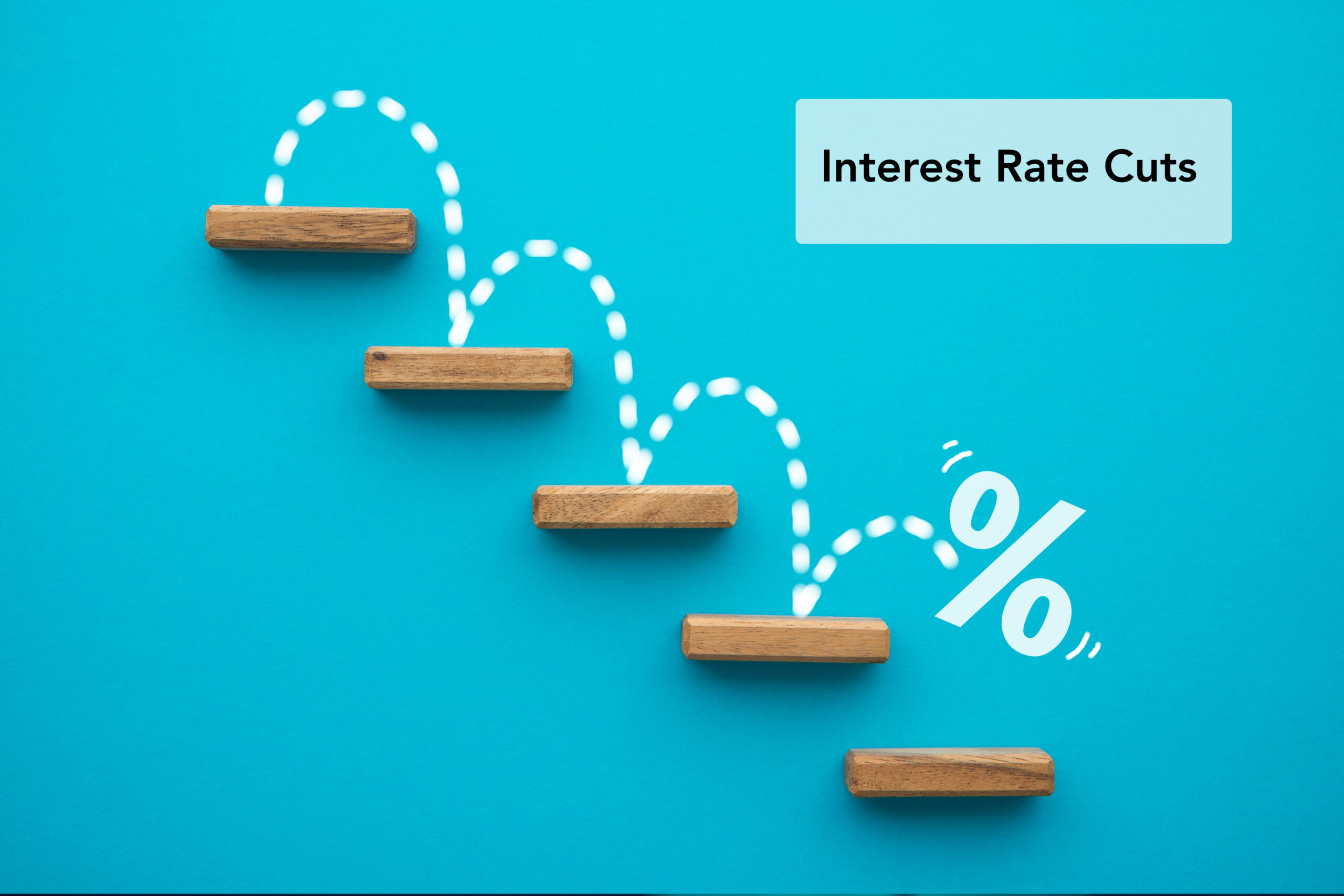Refinancing a mortgage loan is one of the most effective ways for homeowners to reduce their monthly payments, access equity, or change the terms of their loan. However, many homeowners worry about the costs and complexity involved in the refinancing process. This guide will walk you through how to refinance a mortgage loan without breaking the bank, offering tips and strategies to help you save money while securing the best mortgage terms.
What Is Mortgage Refinancing?
Mortgage refinancing involves replacing your existing mortgage with a new one, ideally with better terms. Homeowners often refinance to:
- Lower their interest rate
- Change the loan term (e.g., from 30 years to 15 years)
- Convert from a variable-rate mortgage to a fixed-rate mortgage or vice versa
- Access home equity for major expenses like home renovations or debt consolidation
However, before deciding to refinance, carefully consider all the costs involved and how to make the process more affordable.
Understanding the Costs of Refinancing
Refinancing your mortgage can lead to significant savings over time, but it’s crucial to understand that refinancing comes with its own set of costs. These costs vary depending on the lender, location, and specific loan terms, but knowing them in advance can help you make informed decisions. Here’s a breakdown of the most common costs associated with refinancing a mortgage loan.
Appraisal fees: It requires to assess the current value of your home. Appraisal fees typically range from $300 to $600, depending on the size and location of the property.
Legal fees: In Canada, legal fees are required for refinancing because a lawyer or notary must update the property’s title and register the new mortgage with the land registry office.
Penalty for early payment: If you’re breaking a fixed mortgage early, some lenders may impose a penalty charges. This is more common with fixed-rate mortgages, where the penalty could be as high as 3 to 6 months of interest payments.
Closing Costs: It includes variety of fees, like taxes, processing fees, and other administrative charges. On average, closing costs for a refinance range from 2% to 5% of the loan amount.
Pro Tip: Use a mortgage refinance calculator to estimate these costs and determine whether refinancing makes financial sense for your situation.
Choosing the Right Time to Refinance
Timing can make a big difference when refinancing your mortgage. Keep an eye on interest rates, as refinancing when rates are low can save you thousands over the life of the loan. Typically, homeowners refinance after interest rates drops significantly, making it easier to lower monthly payments without extending the loan term.
Case Study: Imagine a homeowner in Toronto with a $400,000 mortgage loan at a 4.5% interest rate. By refinancing at a 3.5% rate, they could save over $200 per month, which translates into $2,400 a year. That’s a substantial reduction in payments without drastically changing the loan term.
Streamlining the Refinancing Process
To avoid unnecessary expenses and complications, homeowners can follow these steps:
Shop around for rates: Don’t settle down by accepting refinancing offer from your current lender. Compare rates from multiple lenders to find the most competitive deal.
Consider a no-cost refinance: Some lenders offer a no-cost refinance, where the fees are either waived or rolled into the loan balance. However, this could result in a slightly higher interest rate, so it’s important to weigh the pros and cons.
Work with a mortgage broker: Brokers often have access to multiple lenders and can negotiate better rates and terms on your behalf.
Exploring Flexible Refinancing Options
If you’re concerned about high upfront costs, there are flexible refinancing options available for homeowners in Canada:
- Refinance to consolidate debt: Refinancing can help homeowners consolidate high-interest debt, like credit card balances or personal loans, into a single lower-interest mortgage payment. This not only simplifies payments but can also save money on interest charges.
- Cash-out refinance: This option allows homeowners to access their home equity as cash. It’s a useful way to finance major expenses like home improvements or medical bills without taking on a separate loan.
How to Save Money While Refinancing
Here are some practical ways to minimize the costs associated with refinancing:
- Negotiate fees: Some fees, like the appraisal or administrative charges, may be negotiable. Don’t be afraid to ask your lender for a reduction in these costs.
- Increase your credit score: A higher credit score can help you qualify for lower interest rates. Make sure your credit is in good shape before applying for a refinance by paying down outstanding debts and resolving any errors on your credit report.
- Keep the loan term short: While extending your loan term can reduce monthly payments, it often results in more interest paid overtime. Consider opting for a shorter loan term to save on interest in the long run.
When Refinancing Isn’t the Best Option
Refinancing isn’t always the right choice. In some cases, the costs associated with refinancing may outweigh the benefits. Homeowners should avoid refinancing if:
- They plan to sell the house in the nearby future
- The cost of penalties or fees is too high to justify the new loan terms
- They are already close to paying off the original mortgage
Refinancing with Bad Credit: Options and Solutions
Homeowners with bad credit may face higher interest rates when refinancing, but that doesn’t mean refinancing is off the table. Some strategies include:
- Work with a private lender: Private lenders often offer more flexibility and are willing to work with homeowners who have poor credit histories.
- Opt for a co-signer: A family member or trusted friend with good credit can help secure a better interest rate if they agree to co-sign your mortgage refinance.
- Explore government programs: Some Canadian government programs are designed to help homeowners in financial distress.
Find Flexible Refinancing Solutions with Homeequityloans.ca
Refinancing a mortgage loan doesn’t have to be complicated or expensive. By understanding your options, shopping around for the best rates, and choosing the right lender, you can refinance your mortgage without breaking the bank.
If you’re looking to refinance your mortgage loan in Canada, visit homeequityloans.ca or contact our team today. We offer flexible refinancing options that can help you lower your payments, access your home equity, or consolidate debt—all without the stress or high costs. Our experts are ready to guide you every step of the way.





